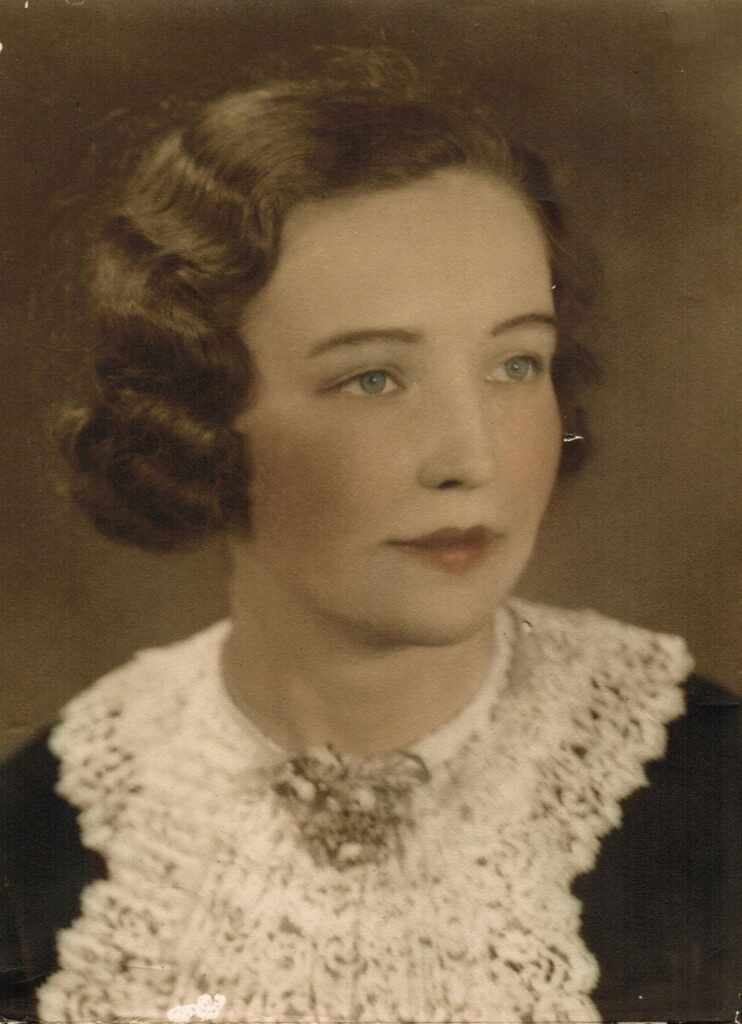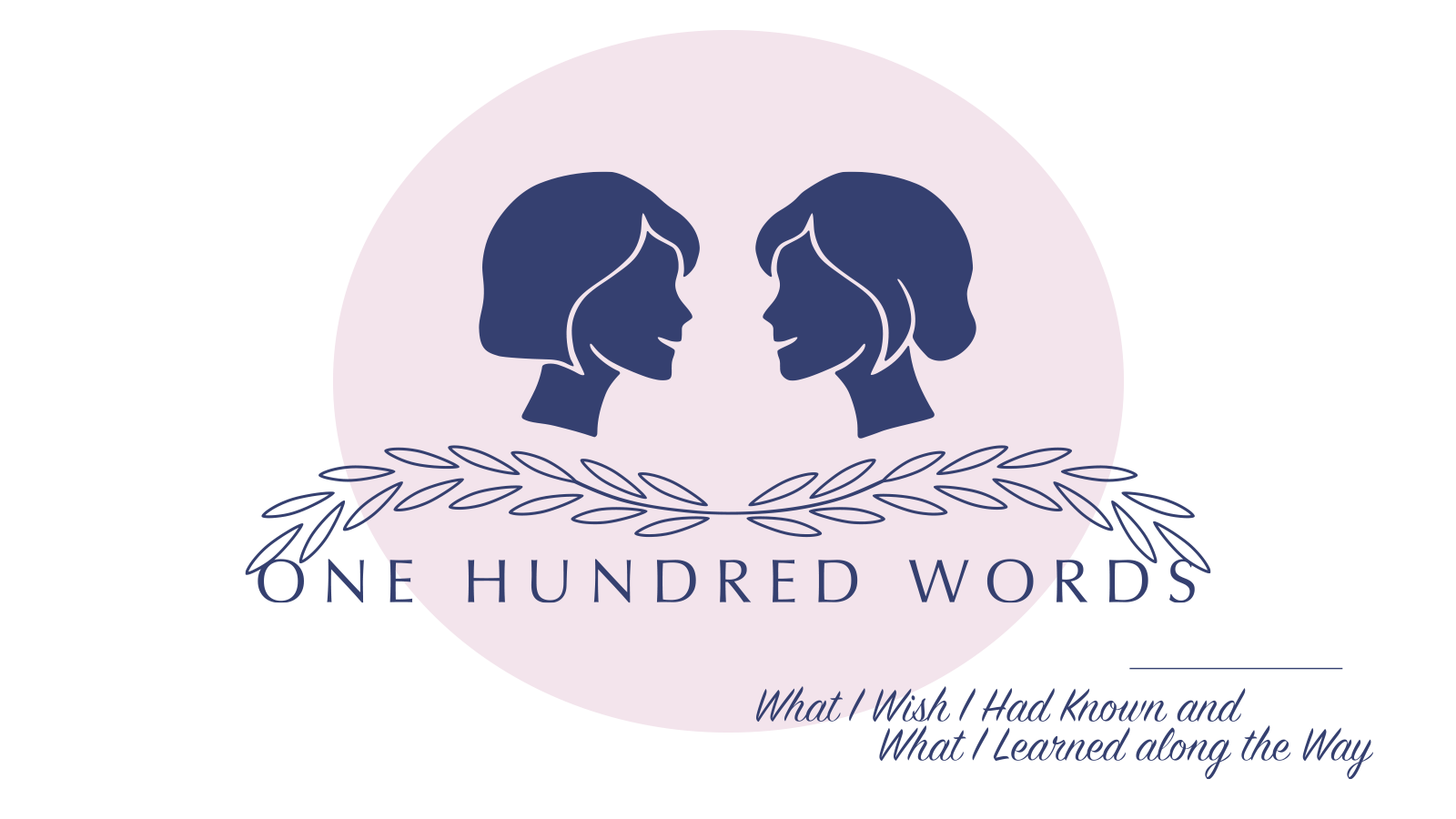
My Great-Aunt Frances never married or had children. She broke one engagement after her fiancé caused a division in their church. At her mother’s request, she stopped dating a wonderful man who wanted to marry her. Her sickly mother wanted her last single daughter to remain at home.
I repeatedly told Aunt Frances that she didn’t marry because we all needed her. She not only mothered her nieces and younger brother but also the generation above and two generations below.
However, her greatest devotion was quitting her job to spend a decade caring for her mother with Alzheimer’s. Aunt Frances slept across the foot of my great-grandmother’s bed so she would wake if her mother needed her during the night.
I remember those difficult years during my childhood. Aunt Frances stayed cheerful and funny and always served a treat when we visited. She made my sons, her great-great nephews, sticky buns like the ones that she had made for me.
During that time, Aunt Frances completed multiple paint-by-numbers and doll kits. I own five of her paintings and two dolls. Her skill was great, but those items are precious to me because they represent my aunt’s faithfulness.






